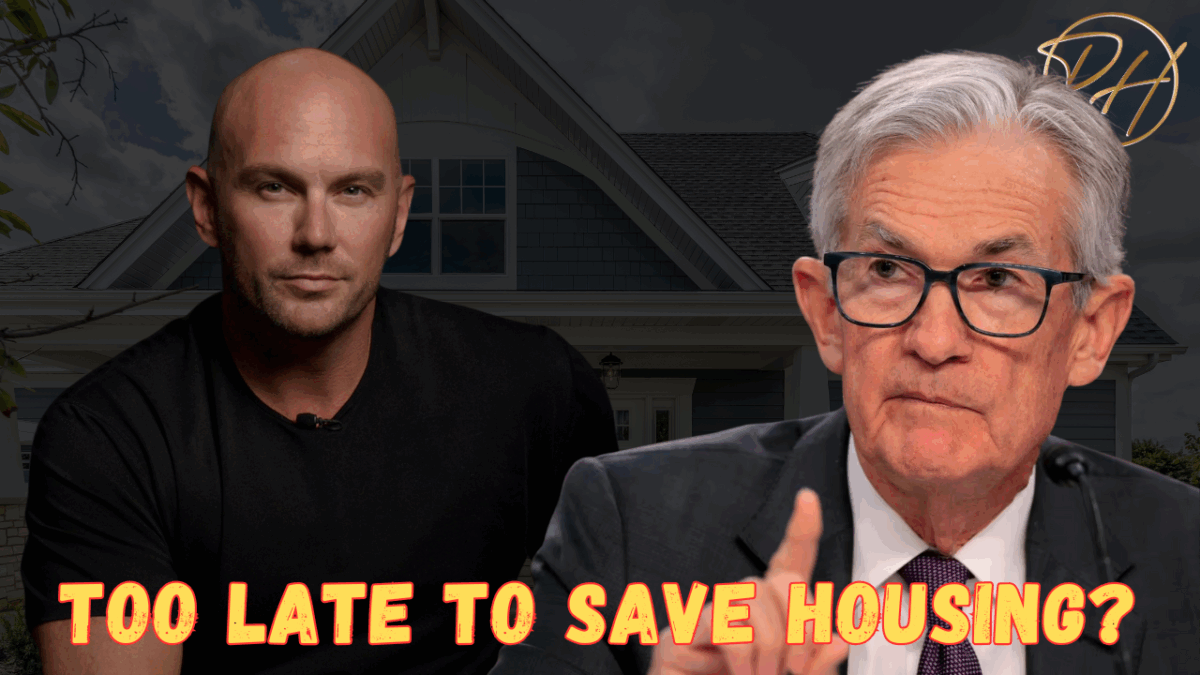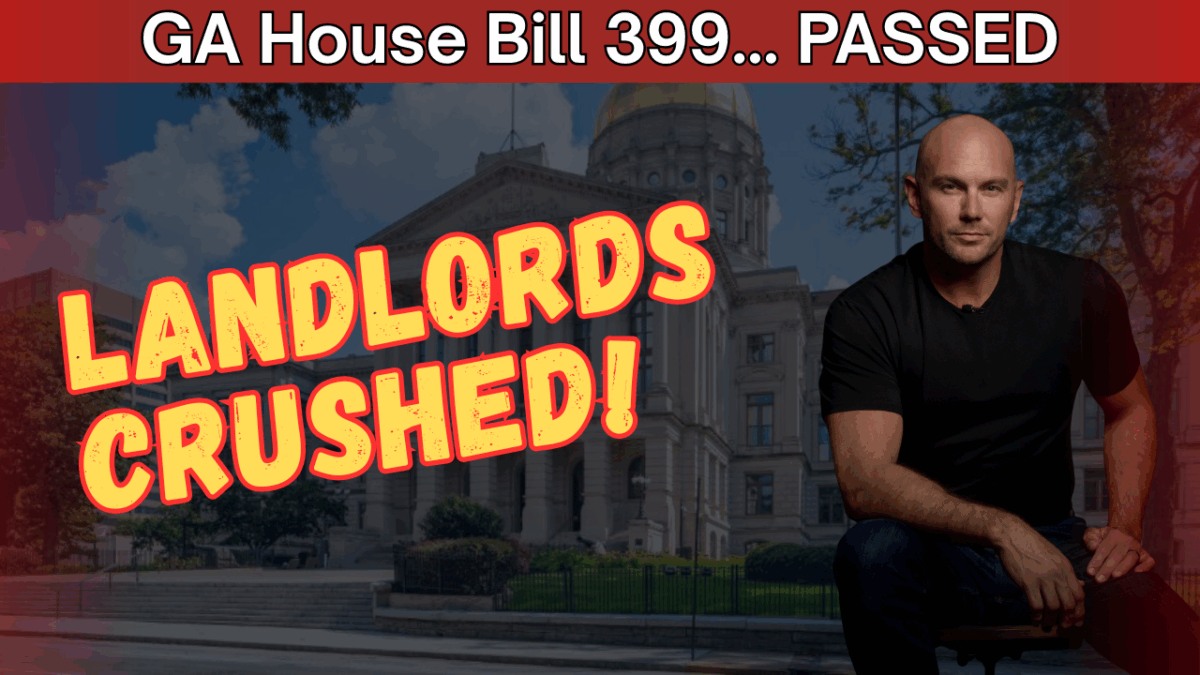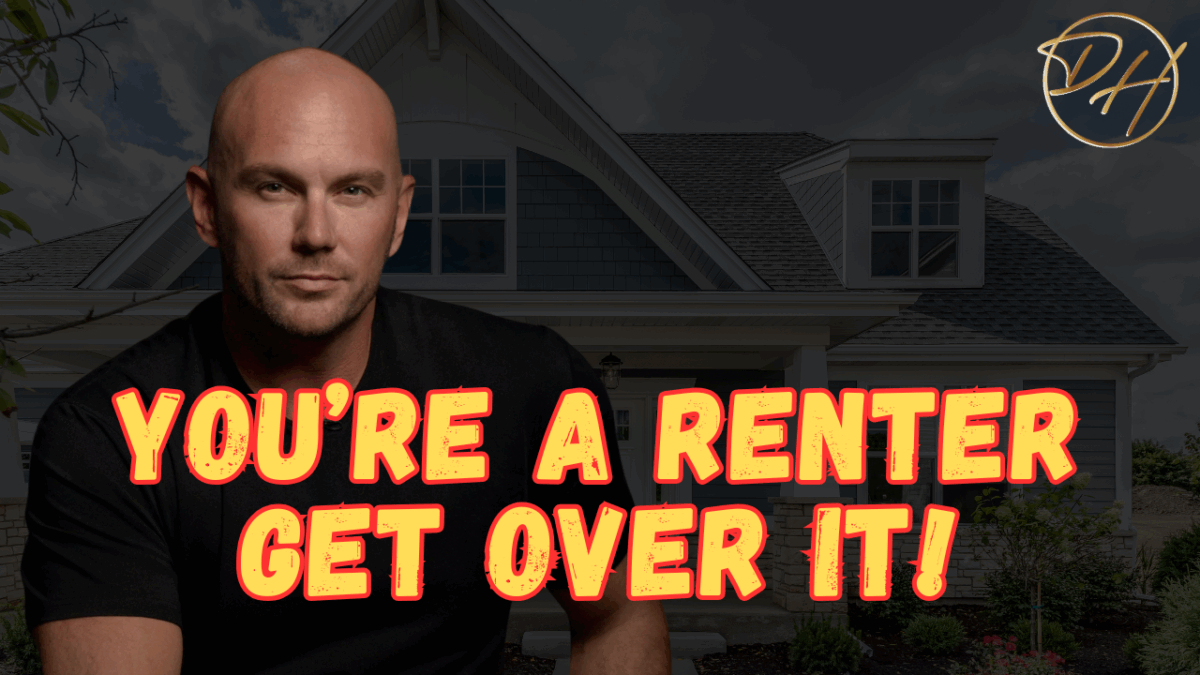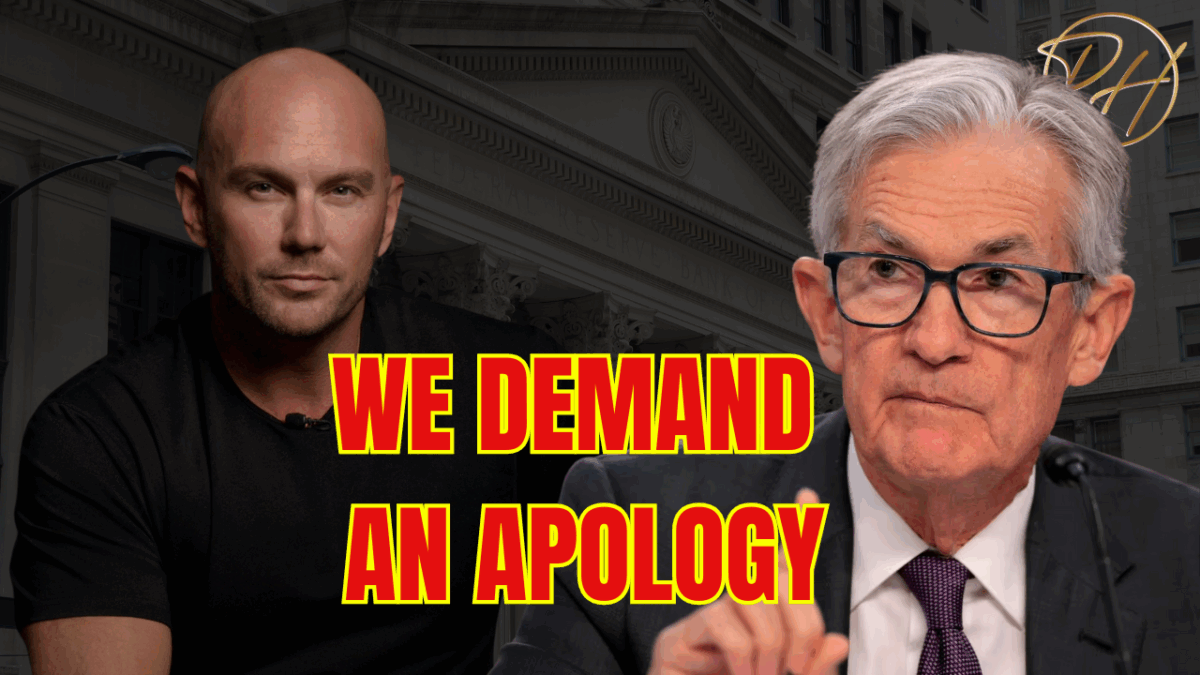The Housing Market Is Shifting—But Will Lower Rates Be Enough to Save It?
Over the last few years, the housing market narrative has flipped. Just a couple of years ago, headlines screamed about bidding wars, record-low inventory, and surging prices. Now, things are cooling off. Listings are rising, days on market are stretching out, and mortgage rates—after hitting 20-year highs—are finally starting to come back down.
So the big question is: Can falling rates revive the housing market?
Or is it too little, too late?
Let’s dive into what the data says.
Inventory Is Rebounding—Fast
After two years of historic supply shortages, housing inventory is making a comeback:
- Active listings were up 25% in July 2025 vs. the year prior
- 12 states (including Florida, Texas, and Washington) now have more homes listed than they did pre-pandemic
- In Atlanta, housing supply rose to 4.8 months—up 33% YoY—approaching a balanced market
With more listings hitting the market, buyers are regaining some leverage. Homes are sitting longer, and sellers are starting to negotiate again. In fact, December 2024 saw homes linger on the market for an average of 70 days, the slowest turnover for that month in five years.
Prices Are Flattening—Or Falling
Nationally, home prices are up just 2.9% year-over-year—but that growth is uneven.
- Boomtowns like Tampa and Austin are seeing prices stall or decline
- Florida experienced a 1.4% drop in Q2 2025
- Meanwhile, some Northeast markets (e.g. New York, Connecticut) are still seeing strong gains of 7–8%
In Georgia, the market has been relatively resilient:
- Median sale price in 2024: up 3% to $360,000
- In Atlanta, the median price fell 1.3% YoY to $395K by mid-2025
- Inventory in Atlanta jumped 32% YoY
- Mortgage delinquencies in Georgia rose 1.12 percentage points, signaling growing stress
The takeaway? Hot markets are cooling and overheated areas are correcting. But pricing power depends heavily on location.
Rates Are Falling—But Affordability Still Hurts
After peaking above 7%, 30-year mortgage rates fell to ~6.5% in August 2025—their lowest point in 10 months. And with the Federal Reserve expected to start cutting rates, we could see even more relief in the coming months.
This drop has:
- Boosted mortgage applications by 18% YoY
- Led to a resurgence in refinance activity (refis now make up 42% of new applications)
But here’s the catch:
Even at 6.5%, homes are still historically unaffordable.
- Only 28% of homes are affordable to the median U.S. household
- The max affordable price for a median-income family is now $298,000, down from $325,000 in 2019
- Incomes have risen, but home prices and borrowing costs have risen faster
So, while falling rates help on the margins, they’re not a silver bullet.
Applications Are Up… But So Are Rejections
Another major problem? Mortgage denial rates have doubled since 2019:
- 20.7% of purchase mortgage applications were denied in 2024
- 25.6% of refinance applications were rejected
- In some months, over 22% of all refi requests were denied
Why the spike?
- Tightened lending standards
- Lower credit scores from rising debt burdens
- The resumption of student loan payments tanked credit scores for over 2 million borrowers
- 1 in 4 student loan holders are 90+ days delinquent as of early 2025
This means more people are applying… but fewer are qualifying. That limits how much rate cuts can help.
Consumer Debt Is Climbing Again
The broader economic backdrop matters too. Here’s what’s rising in 2025:
- Credit card balances hit new highs
- Auto loan and mortgage delinquencies are creeping upward
- Georgia, Florida, and Louisiana are seeing some of the sharpest increases in serious delinquencies
- High insurance and property tax costs are squeezing homeowners’ budgets
The result? Fewer households qualify for loans, and many who do are maxed out on what they can afford.
So… Will Rate Cuts Save the Housing Market?
The short answer: Not entirely.
Lower rates are helping:
✅ Mortgage activity is picking up
✅ Buyers are starting to re-enter the market
✅ Sellers are becoming more flexible
But those rate cuts are also running into a wall:
❌ Home prices are still high
❌ Credit standards are tight
❌ Consumer finances are under pressure
❌ Rejection rates are rising
Even if mortgage rates fall to 5.5%–6%, the market won’t return to its 2021 frenzy. The “lock-in effect” means many homeowners with 3% mortgages won’t list unless they have to. That keeps inventory artificially tight, even as demand softens.
What Can Buyers and Professionals Do?
For buyers:
- Get pre-approved now to lock in lower rates
- Clean up your credit, pay down debt, and shore up savings
- Be ready to act if the right deal comes along
For agents & lenders:
- Educate your clients about tightened credit
- Help them prepare documentation and improve creditworthiness
- Focus on affordability—not just rates
Final Thoughts: A Market in Transition
We’re entering a new phase of the housing cycle.
Not a crash. Not a boom.
A slow thaw. A recalibration. A reality check.
Rates will help—but only so much.
Affordability, credit access, and consumer sentiment will determine what happens next.
So… is it too late for rate cuts to “save” the housing market?
Maybe. But it’s not too late for a soft landing—if the right steps are taken.
Written by Darin Hunter | Mortgage Professional |












